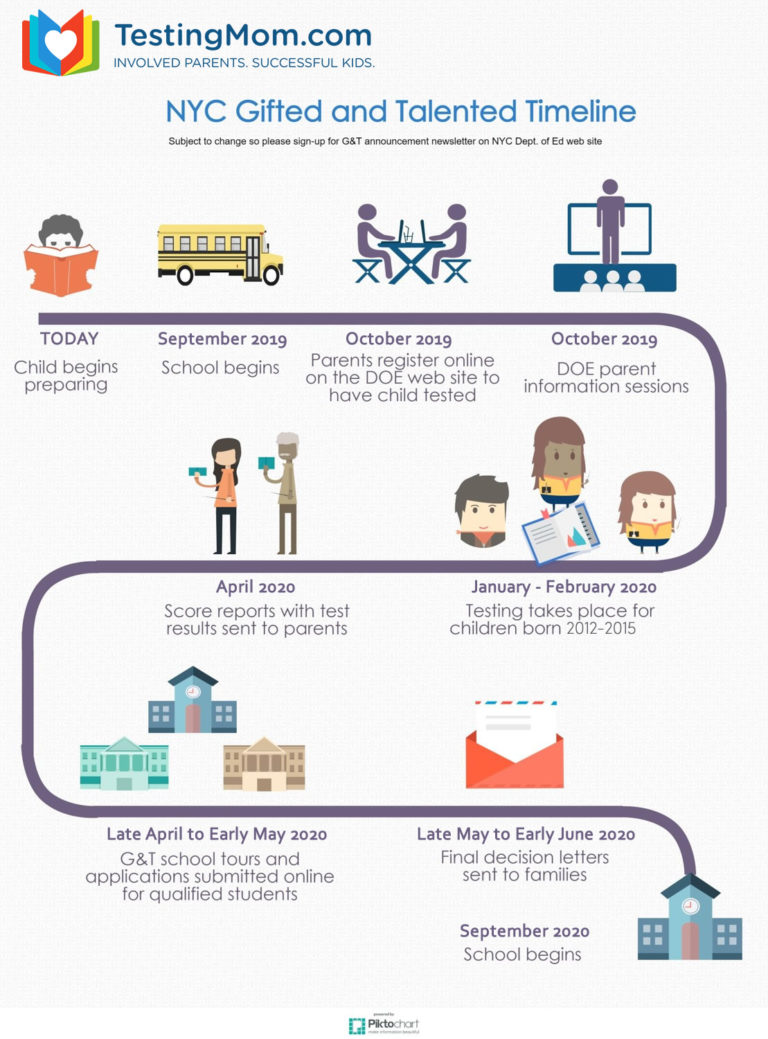

Mencken once denounced public education as an effort “simply to reduce as many individuals as possible to the same safe level, to breed a standard citizenry, to put down dissent and originality.” Mencken’s fears may be coming true in a way that few of us thought possible just a few years ago. I have long been critical of this trend which focuses on reducing disparities in performance by trimming the top rather than raising the bottom of a student body. This was highlighted recently by the elimination of the gifted and talented programs in New York City under Mayor Bill de Blasio, which were denounced as racist. As the SDAG report puts it, in New York City, “G&T caters to the economically privileged instead of the intellectually privileged.Below is my column in the Hill on the elimination of the gifted programs, proficiency requirements, and other performance-based elements in our public school system. Too often, though, school-based gifted programs themselves function less as considered models of pedagogical intervention than as forms of social entitlement for the affluent. This sense of alienation can be especially acute in the cases of so-called twice exceptional kids: children with the characteristics of gifted students who also show evidence of learning disability. Any number of parents have approached me after readings with tears in their eyes, recounting the painful experiences their children have endured in schools that fail to accommodate the needs of exceptional learners and out-of-the-box thinkers, who can have a hard time fitting in both socially and intellectually.

No one on the mayor’s advisory group would deny the importance of taking seriously (as my novel tries to do) the struggles of high-ability children in the face of overstressed and chronically underfunded school systems. Among affluent parents, in particular, the subjects of equity and inclusion often elicit a heady mix of defensiveness and good intentions. As I quickly learned, the topic of giftedness touches a raw nerve with parents and educators across the socioeconomic spectrum. These issues of class privilege and racial exclusion long surrounding gifted education were on my mind while researching my novel The Gifted School, which imagines the fallout when a new public school for exceptionally gifted children opens in an affluent town. And as research from the University of Virginia’s Margaret Thornton has suggested, the city’s Quest program for gifted and talented students was founded in part “as a way to keep white students separate from the black students who had recently integrated into the city’s public schools after a time of resistance to desegregation.” A devastating exposé published last year (also in the Times) detailed the troubled history of gifted education in my own town, Charlottesville, Virginia, where “white students are about four times as likely to be in Charlottesville’s gifted program” as black students. New York is not alone in its simmering controversies over gifted education and equity. Systemwide gifted-and-talented programs contribute to the fact that “the schools of New York City are as segregated as the schools of Mississippi and Alabama.” The advisory group’s proposal has already drawn opposition from several New York politicians, including City Council Speaker Corey Johnson. The rest of the system is open to all students and is predominantly black and Hispanic.” The report is more blunt: Unlike their more affluent counterparts, low-income families struggle to take advantage of test-preparation instruction for the city’s gifted screening tests. As Times reporter Eliza Shapiro diagnoses the problem, “A group of selective schools and programs geared to students labeled gifted and talented is filled mostly with white and Asian children. The report recommends radical changes in the city’s approach to gifted-and-talented education as well as the admissions processes for specialized schools such as Stuyvesant High School, Brooklyn Latin, and others. Will New York City schools really eliminate all gifted-and-talented programs in the name of diversity? That’s the recommendation of a new report by Mayor Bill de Blasio’s School Diversity Advisory Group (SDAG), as reported in the New York Times. The Media Coverage Is Missing Something Big. He Picked the Funniest Activity.įour Kids Survived 40 Days Alone in the Jungle. I Offered My Father-in-Law a Day to Bond. Parents Are Panicking About “Dry Drowning.” Is That Real?


 0 kommentar(er)
0 kommentar(er)
